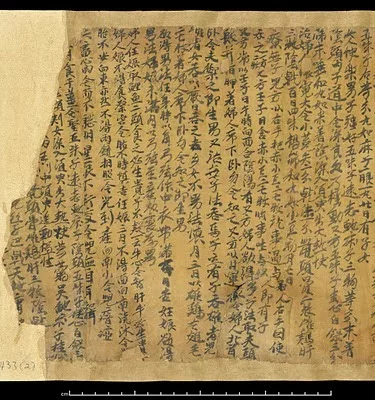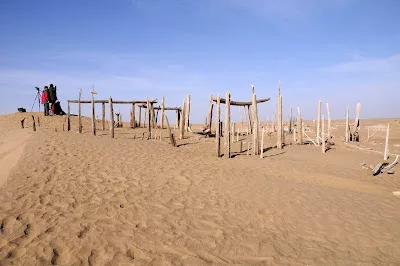Videos of IDP’s Xinjiang Field Trip
Over a century ago the Hungarian scholar Marc Aurel Stein set out on what was to be his first of four expeditions to Chinese Central Asia. He was in search of ancient civilisations, almost forgotten to history yet with ruins which could potentially provide archaeological evidence of the rich cultural mix engendered by the opening of the international trade routes across Eurasia – the Silk Road. Stein’s expeditions and finds exceeded his expectations: he uncovered hundreds of archaeological sites, discovering over 50,000 artefacts. He also mapped his journey and the sites and took over 5,000 photographs, recording the sites, people he encountered, everyday life, officials and the changing landscape. In November 2008 members of a joint project between IDP and the Xinjiang Institute of Archaeology in China (XJIA), retraced Stein’s footsteps to retake his site photographs a hundred years on. Read more about IDP’s field trip in IDP News Issue 32.
Videos of IDP’s field trip are now available on our YouTube channel. Footage is available of sites including Miran and Endere.
The video below shows Mazar Tagh or ‘Hill of the shrine’. The Tibetan army built this fort when they occupied the area in the mid-8th century AD. On top of a hill overlooking the Khotan River in otherwise flat land it is in a excellent strategic position, controlling the route from Khotan to the south to the kingdoms of the northern Tarim.
Many of the Tibetan woodslips and other items which survived from Tibetan times were discovered among the piles of rubbish from the stable block which still cover the slope below the fort.
© IDP







If you have feedback or ideas about this post, contact us, sign in or register an account to leave a comment below